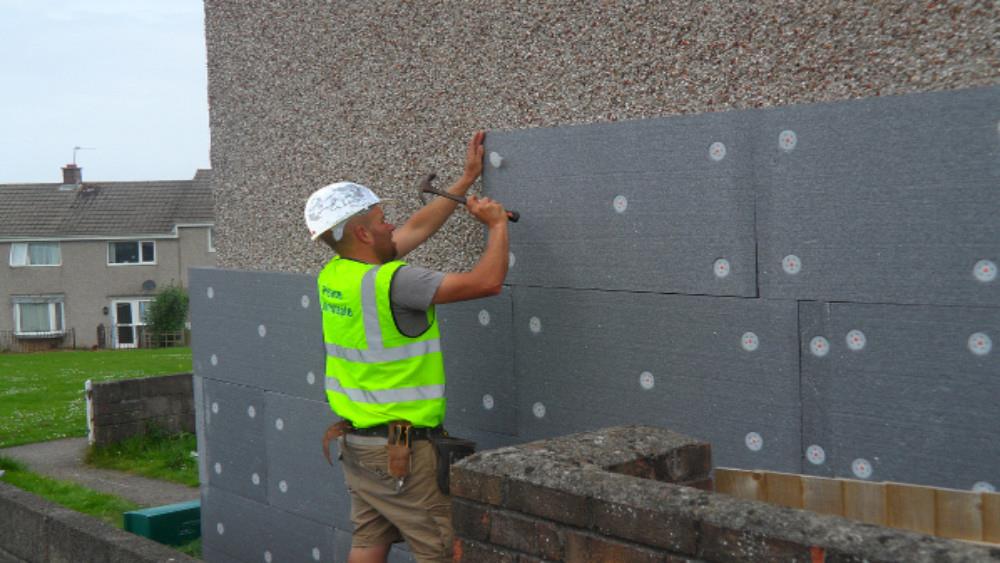

Simon Storer, Chief Executive of Insulation Manufacturers Association, believes the best way to resolve our energy crisis is to insulate our homes.
Tackling the energy efficiency of our housing remains one of the most pressing issues any government is likely to face. But sadly, a sticking plaster approach of freezing energy bills for two years will not solve the long-term problem of our leaky and inefficient housing.
This will cost taxpayers and will surely derail any chance of the UK achieving its net zero ambitions. The best way to resolve our energy crisis is to insulate our homes. After all, the greenest energy is the energy we don’t use.
This year Europe experienced its hottest summer on record, Pakistan has been overwhelmed by devastating floods and in the Western US blistering heat has shattered all records. Whichever way you look at it, the world is experiencing climatic extremes in multiple ways.
Couple this with the cost of energy which is causing enormous economic and personal problems, it is time for positive change and government must ramp up investment in energy saving measures to combat the crisis.
The government has set in place the Future Homes Standard for 2025 but as we frequently see setting a standard is one thing but actually achieving it is the real challenge. The failure of a decade or more of energy performance schemes, such as the Code for Sustainable Homes, the scrapped Zero Carbon Homes policy, Green Deal and Green Homes Grant have all but hindered our longer-term progress towards energy efficiency ambitions.
Across Europe, about 40% of energy used is in buildings and of that up to 60% comes from heating and cooling, with much of that energy from the burning of fossil fuels. Installing high performing insulants such as PIR into our buildings (which are currently among the least energy efficient in Europe) is one of the simplest and most cost-effective ways to reduce energy demand and cut carbon dioxide emissions.
If homes and buildings are to become more energy efficient, good insulation is fundamental to off-setting increasing energy costs. With a clear emphasis on the design of a building’s envelope, the versatility and benefits of PIR and PUR insulation come into their own when professionally and correctly installed, whether that be for new buildings or refurbishment projects.
There is considerably more that could be done to reduce energy usage. We need a better approach with certainty and long-term planning, an end to piecemeal grants and legislation and a boost in the use of energy efficiency measures in both existing and new build homes.
As always there is a danger that the government will go for short termism, with popular policies that have an eye to the next election and not the longer-term objectives the country needs. The removal of green levies is self-defeating and indicative of the conflict between the short termism of the political timetable and the longer-term objectives of where the country needs to be.
Despite the challenges we face due to global uncertainty, many insulation manufacturers, from individual companies to trade bodies, are fully committed to adopting sustainable design and installation methods to help deliver better-performing buildings and help the UK achieve the ambitions of our net-zero climate change targets. The question still remains as to how we will make it happen and how will it be paid for?